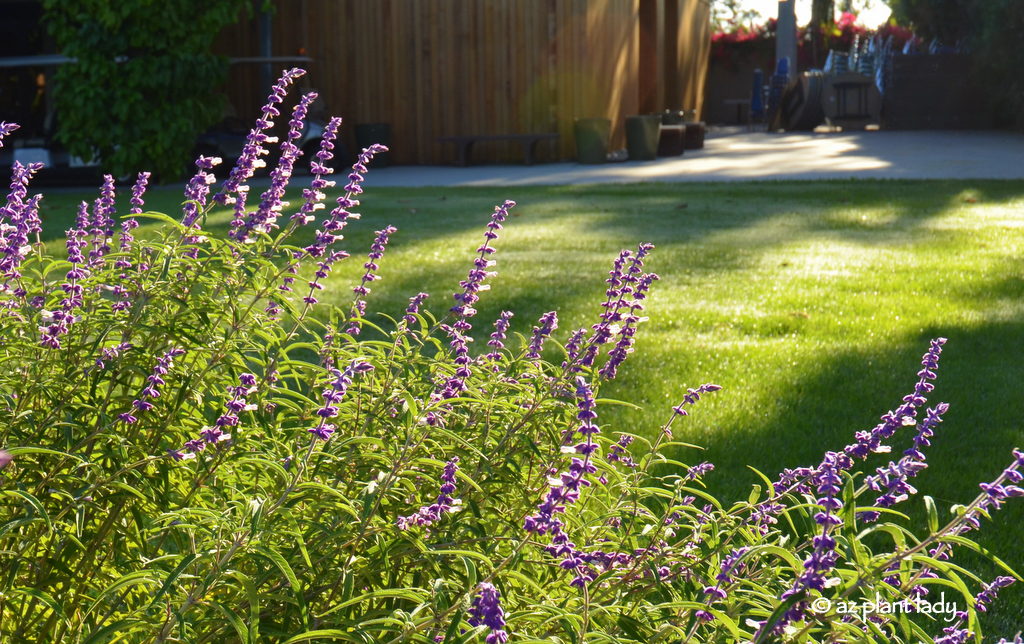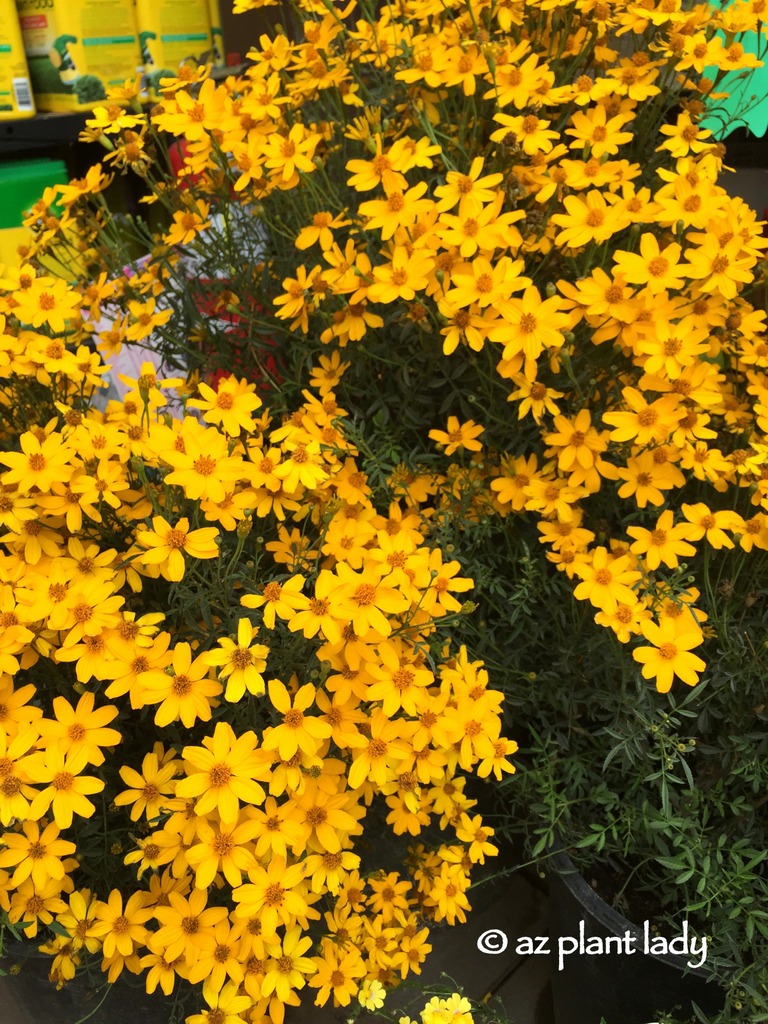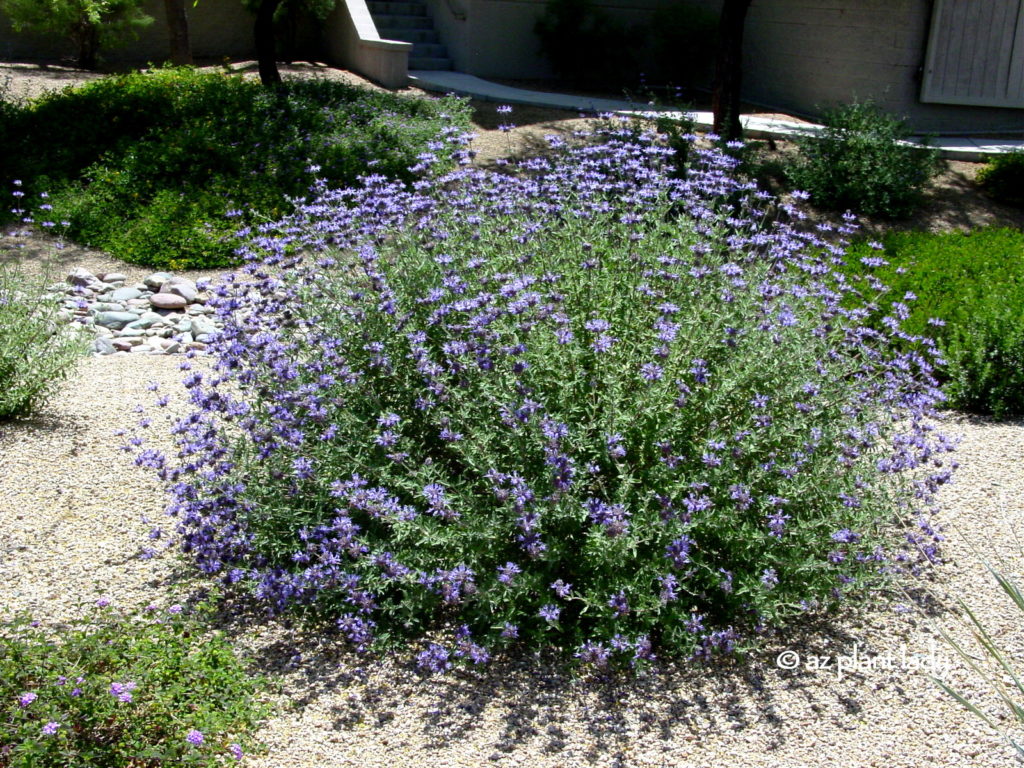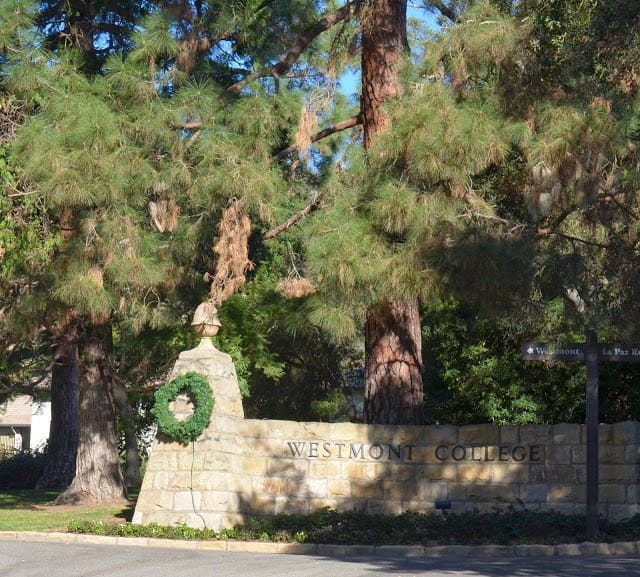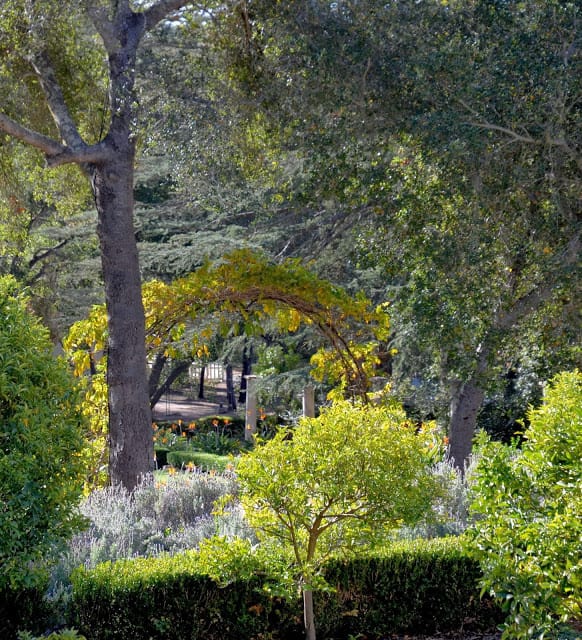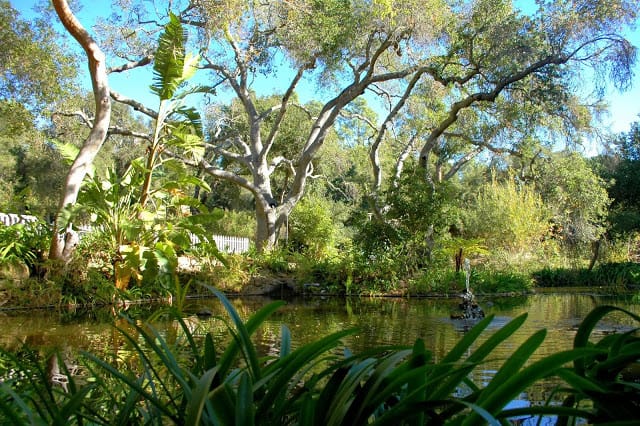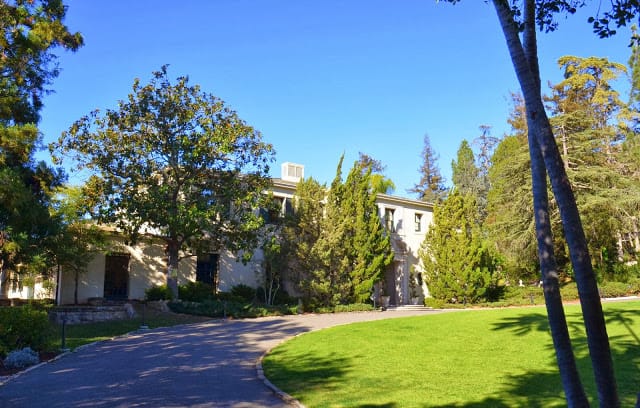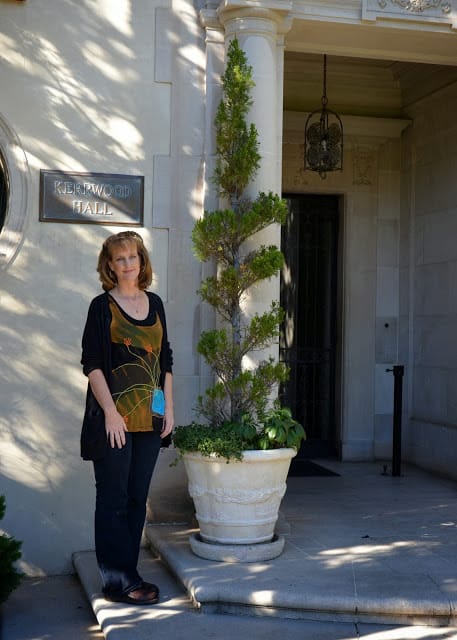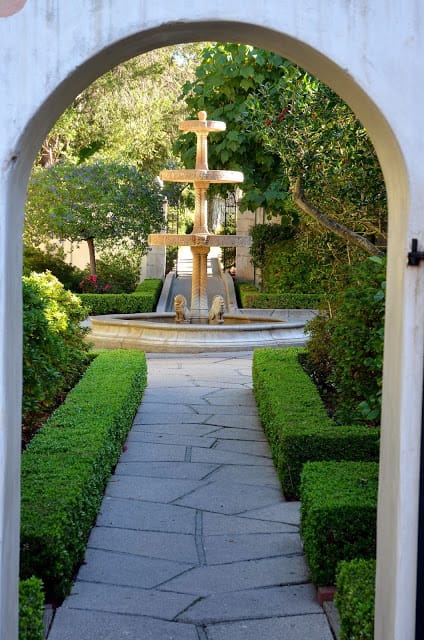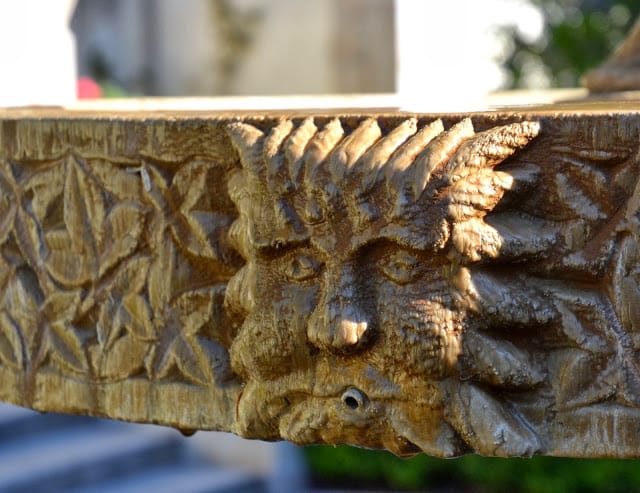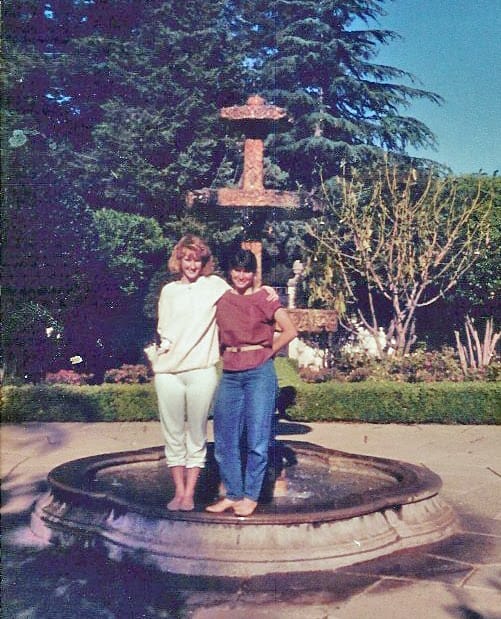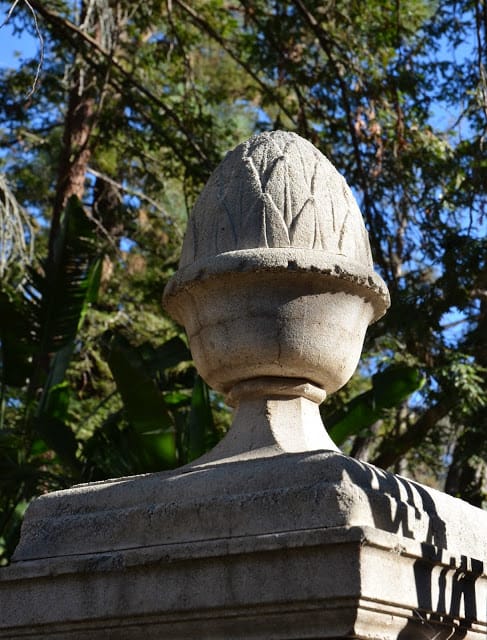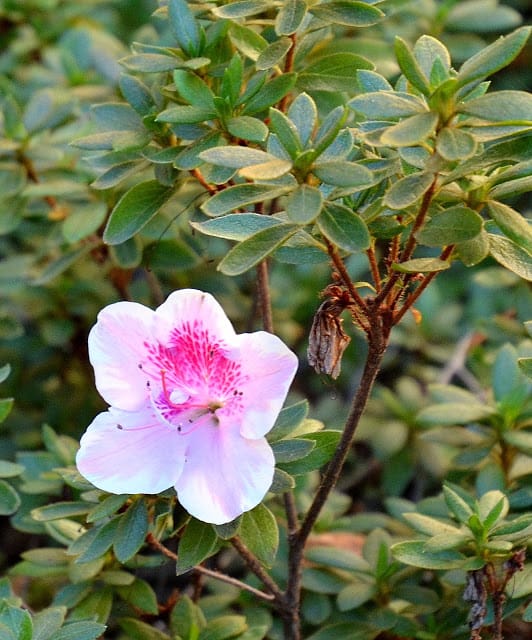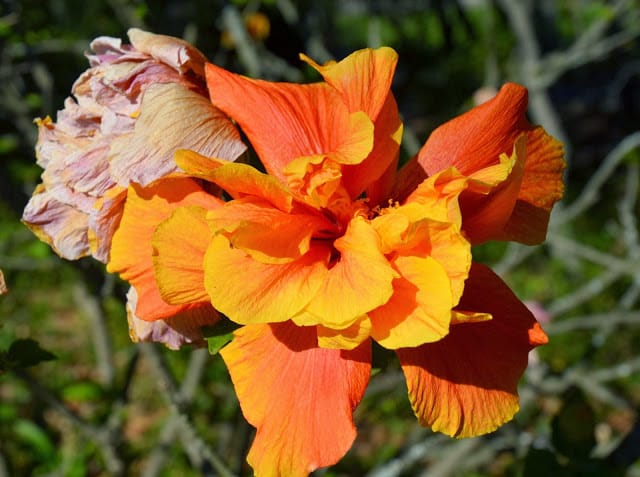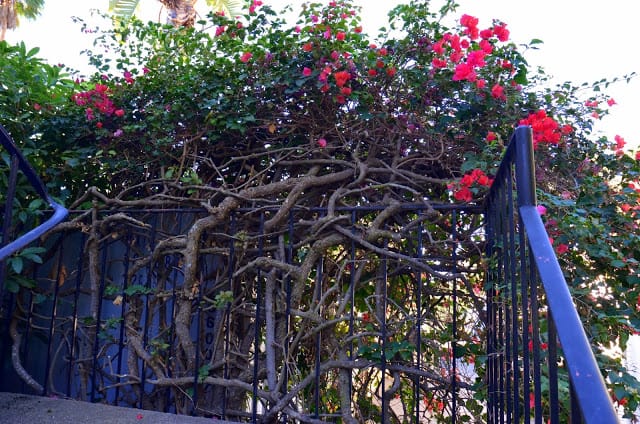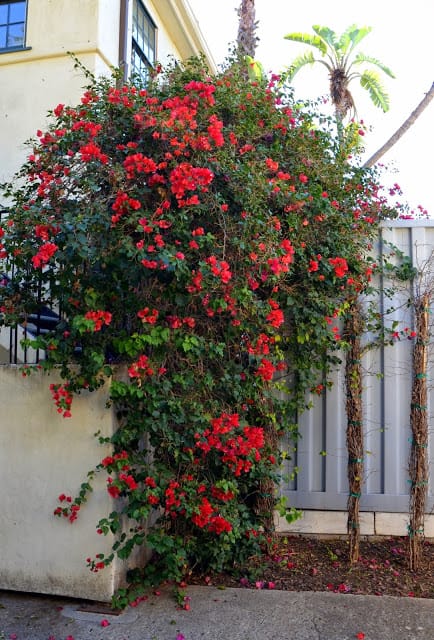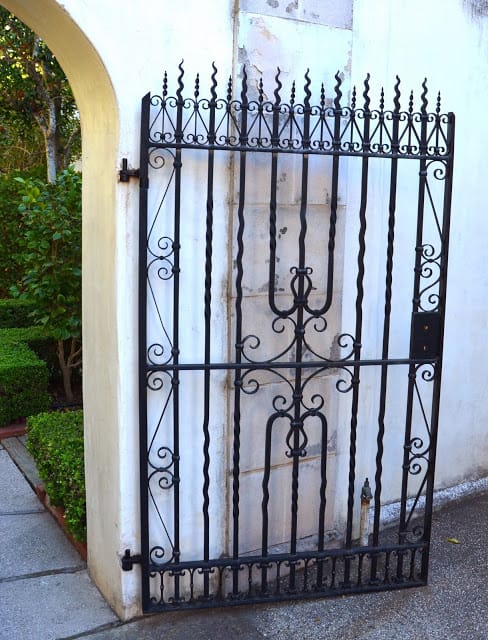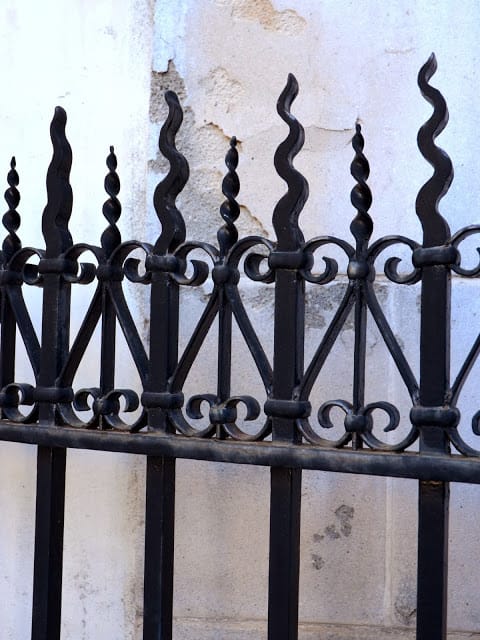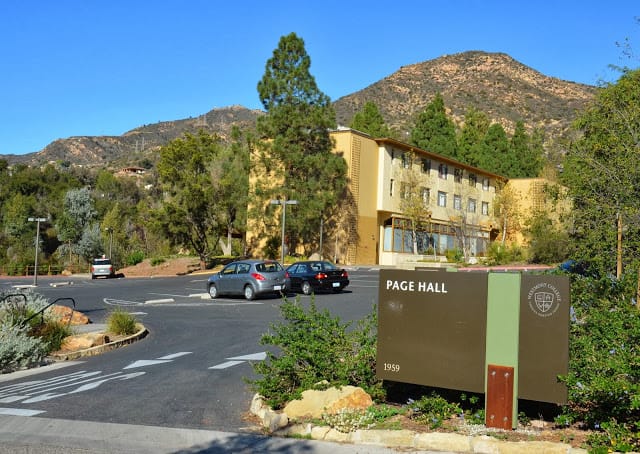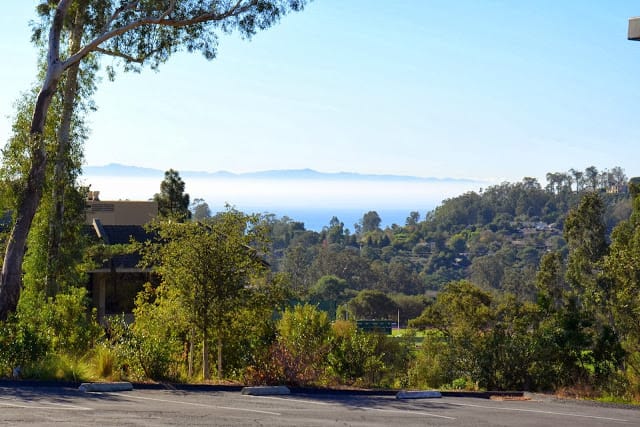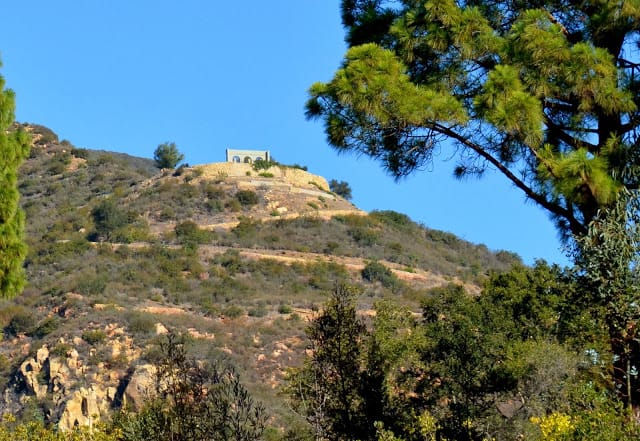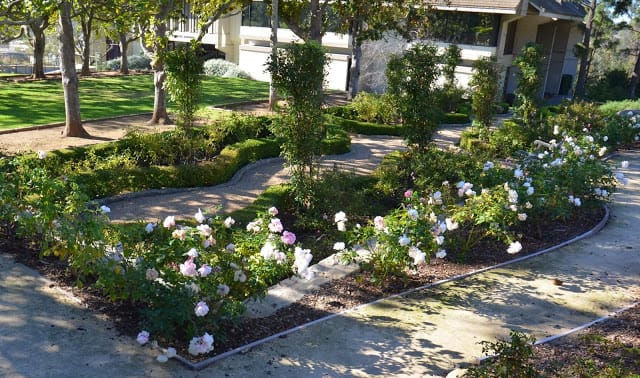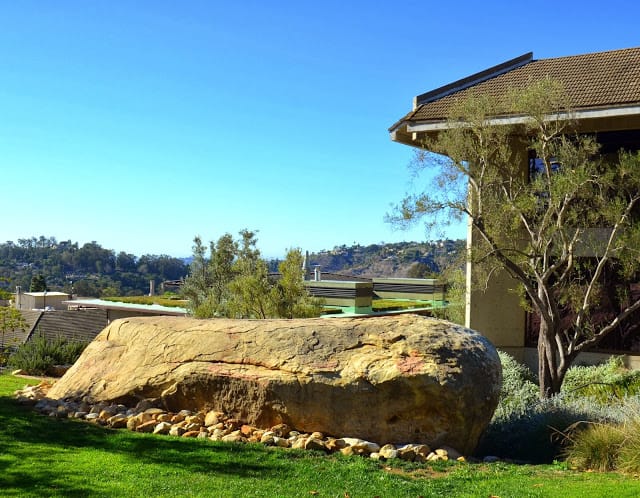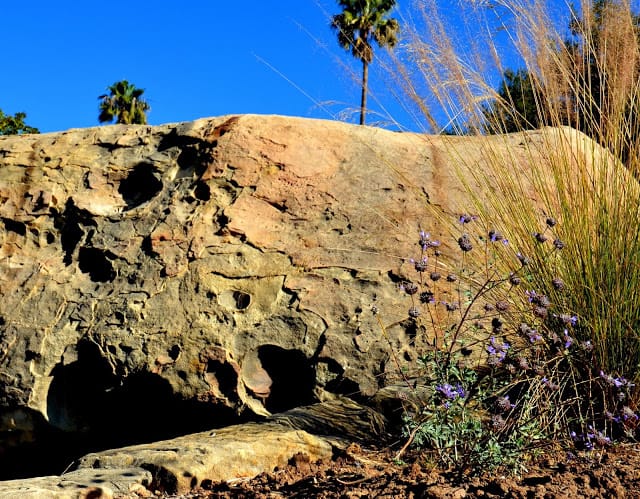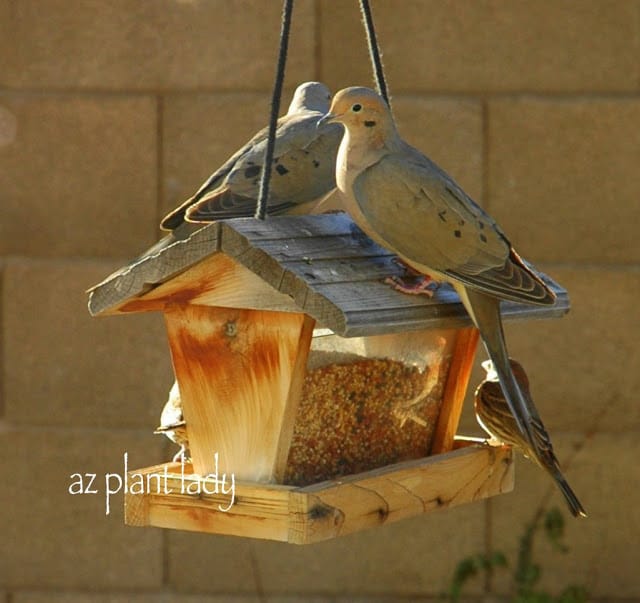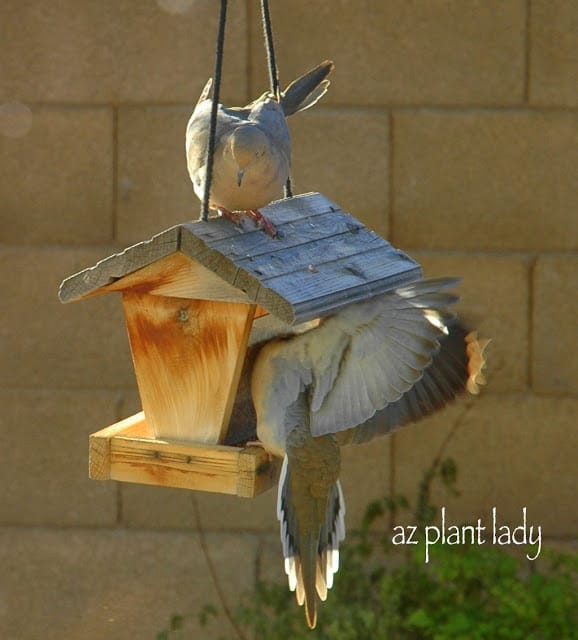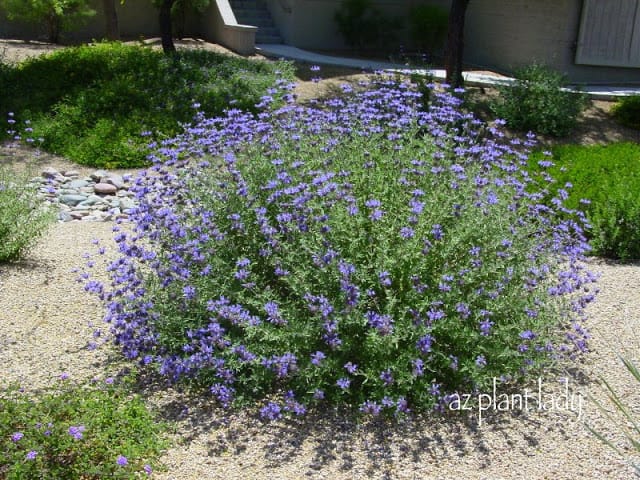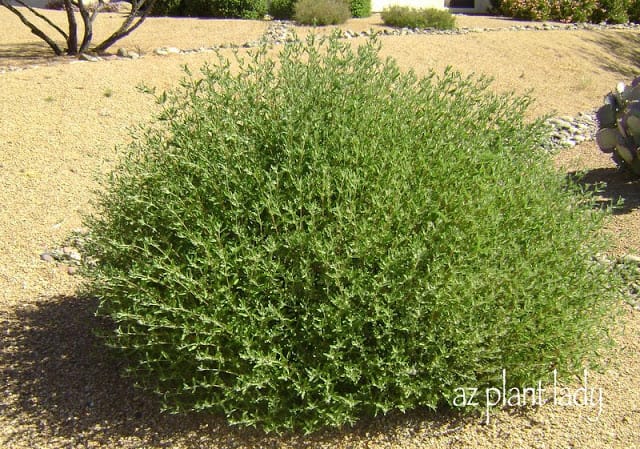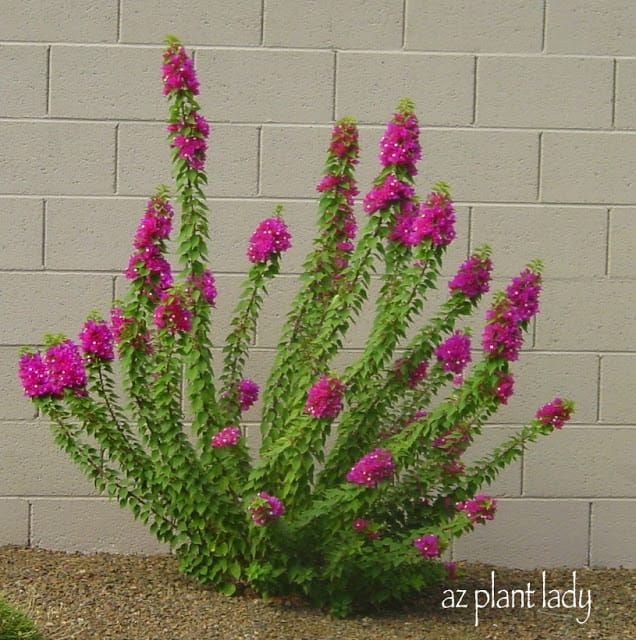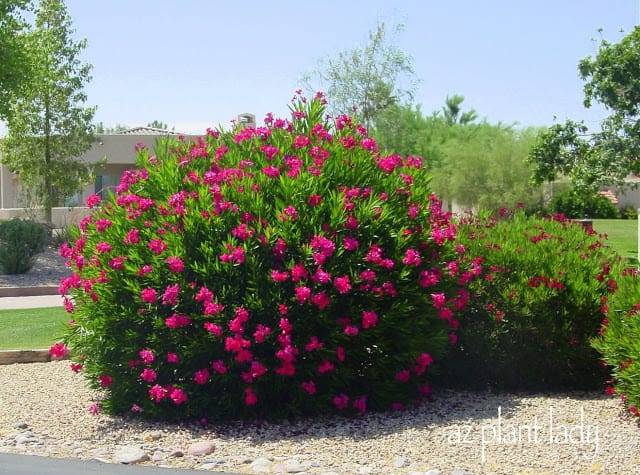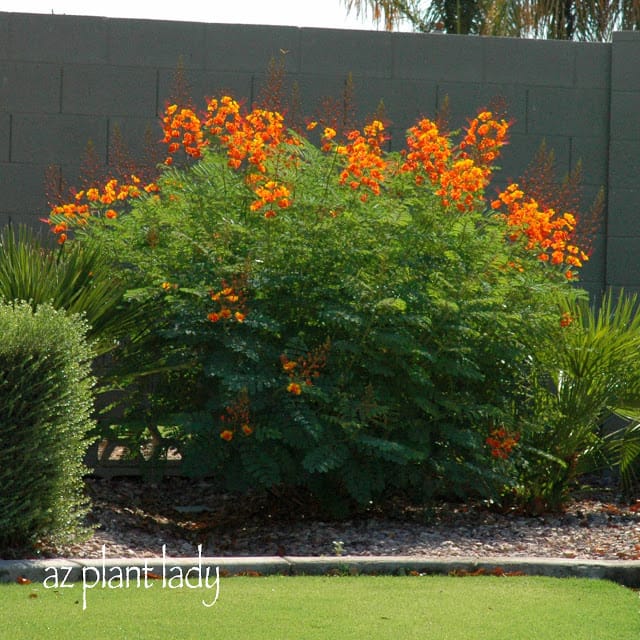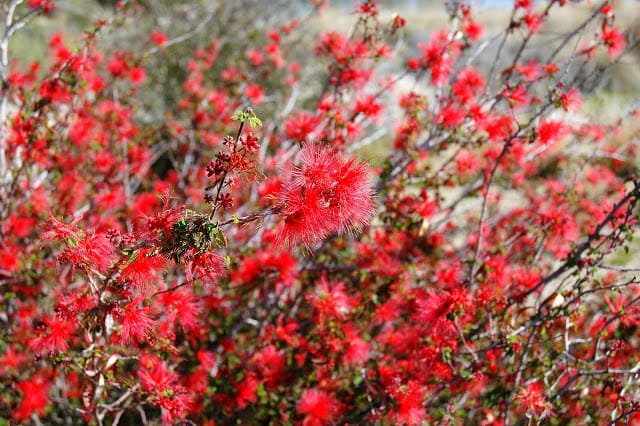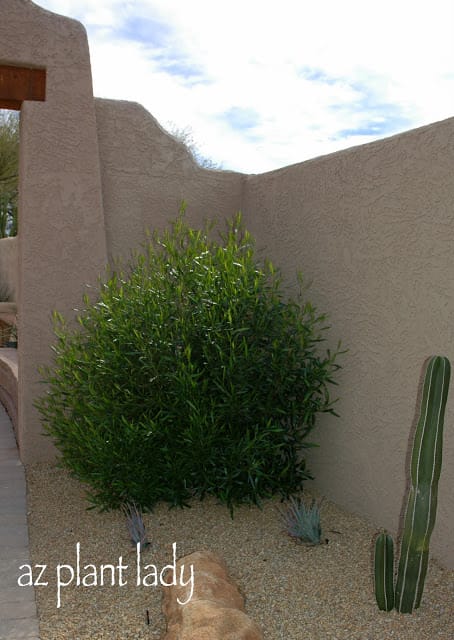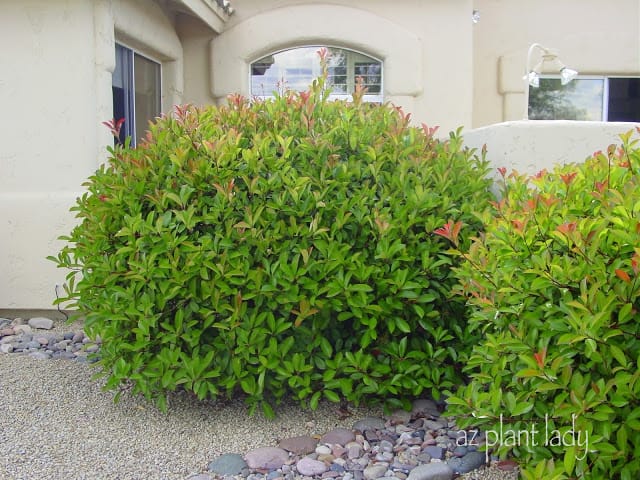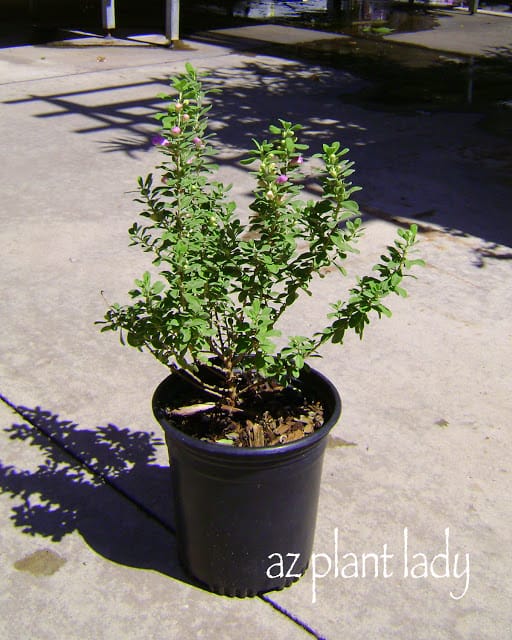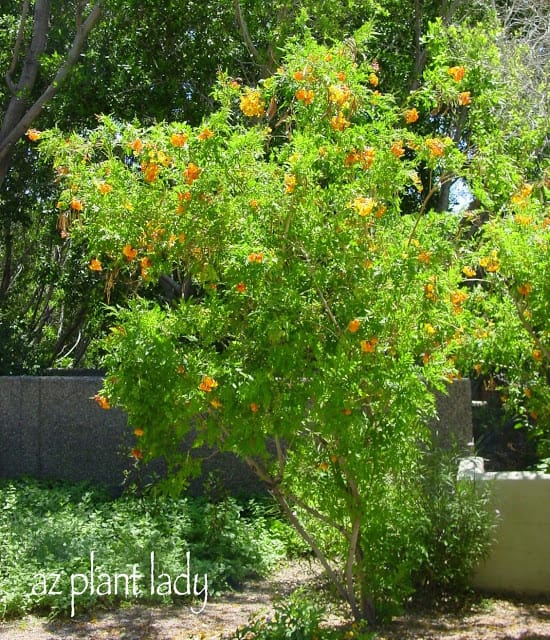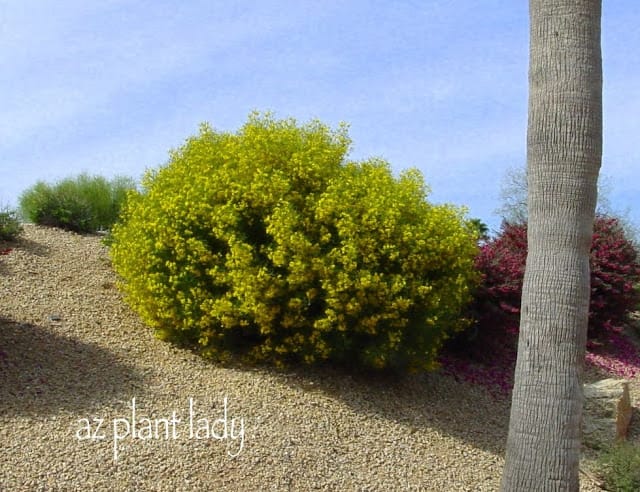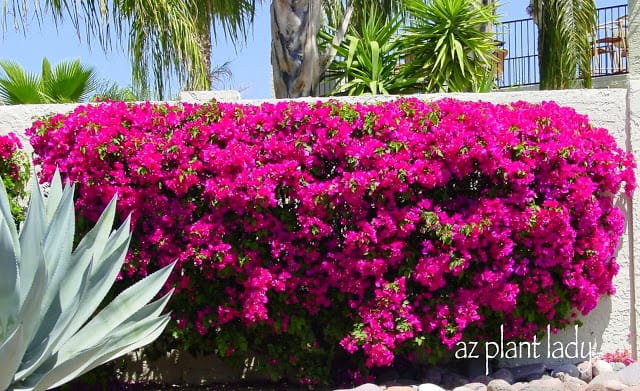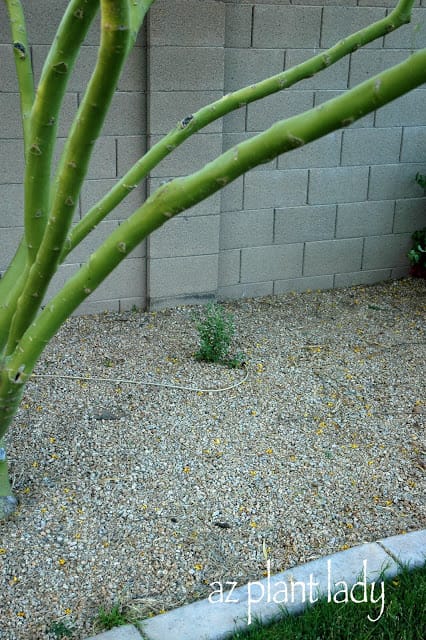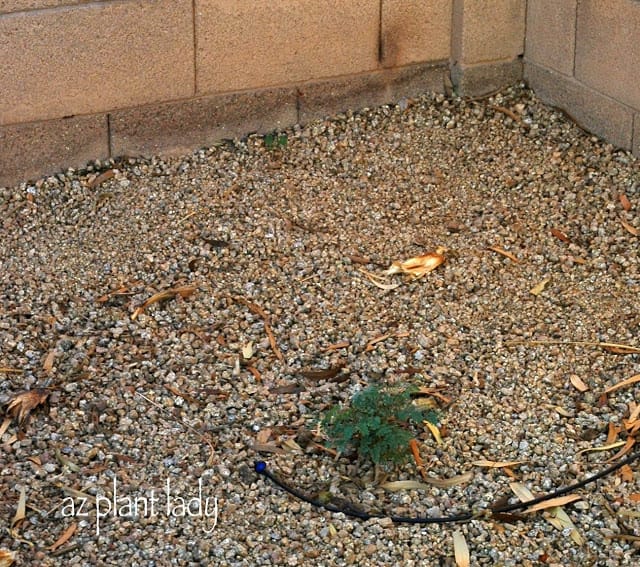Well anyone who knows me well, would definitely have a hard time believing that I actually wrote a title like this one.
For those of you who may not know me personally….I will let you in on a secret – I love getting a good deal and living simply. My mother (Pastor Farmer) is very good at this as was her mother, so I guess it is in my DNA. I love shopping sales and coming home with items that normally would have cost much more.
When I quit my full-time job as a landscape designer, we had to make some cuts to our household budget which was a challenge that I actually enjoyed, especially at the grocery store. My daughter Ruthie is always asking me how much I saved each week at our local grocery store. I think she is on her way to becoming a saver as well.
I am also a huge proponent on saving money in the garden as well and it is really not difficult to do while still having a beautiful garden. Now you would expect that the best way to save $ in the garden is by downsizing and you would be partly right. You can definitely save money by downsizing, but it does not always save you money.
I am going to share with you a great way to add beauty to your garden, decrease your maintenance and save money. It is really so simple that I hope you are inspired to try this in your own garden.
Okay, are you ready? All you need to do is to purchase shrubs that will grow to a large size. You may be asking, is that all? YES!
Many shrubs will grow to a large size, which takes up space in the garden. The more space covered equals fewer plants needed. Large shrubs also are great at covering up bare walls, hiding pool equipment / air-conditioning units while adding beauty, particularly if you select a flowering shrub.
Add beauty to your garden
My Arizona Yellow Bells (Tecoma stans stans) shrub easily grows to 7 ft tall and wide. Mine covers approximately 30 sq. ft. of area in my garden while providing beautiful flowers 9 months out of the year. It also helps to cover up my bare wall.
Want more examples?
Add beauty to your garden
This is a ‘Torch Glow’ Bougainvillea that I placed along my father-in-law’s back garden wall. Paired with two others, their unique branching habit along with their bright colors really provided a great focal point.
Now people either love or hate Oleanders (Nerium oleander). For the average garden, I do NOT recommend planting the large varieties. But, the dwarf forms of Oleanders do grow to a good size and can reach heights of 6 ft. Since Oleanders are so easy to grow, many people have them in their gardens.
Add beauty to your garden
So, if you would like to include some in your garden, I recommend trying a red flowered variety since most Dwarf Oleanders seen in landscapes are the pink and salmon colors. (Be aware that all parts of Oleanders are poisonous).
When you talk to newcomers to the desert southwest, they often ask about the beautiful large shrubs with orange/red flowers are planted along the freeways.
Red Bird-of-Paradise (Caesalpinia pulcherrima) is beautiful in the summer landscape and as you can see, hides a bare wall very well. Maintenance in my zone 8b area is very simple – just prune back to 1 ft. in January and they will soon grow back to 6 ft. high in the summer months. **Another helpful tip to help prolong bloom – prune back lightly (by 1/4) in August to extend the bloom period throughout October and early November.
I just love the unique flowers of Baja Fairy Duster (Calliandra californica), so do hummingbirds. I love both the beauty and low maintenance of these shrubs. Please do not prune them into ‘balls’…..they are so beautiful in their natural form 🙂
If you prefer more green then flowers, then the following shrubs may be more to your taste….
Hopbush (Dodonaea viscosa)
You could easily put 5 small shrubs along with 3 groundcovers in this area….where just 2 Photinia (Photinia fraseri) fit very well in the area above.
Many of you may be surprised to find out that many of the shrubs you already have in your own garden can grow quite a bit larger then you let them. The solution to the problem is quite easy…..stop over pruning them and let them grow. The alternative is to plant multiple shrubs in a given space and as they grow, you are forced to keep pruning them back to keep them from crowding each other.
Well how about buying a single 1-gallon shrub (you don’t need to spend extra for a 5-gallon) and give it space to grow? You will be rewarded with more $ in your pocket, a large beautiful shrub and fewer plants to prune and maintain.
Yes, your new 1-gallon Texas Sage (Leucophyllum frutescens) will look scrawny – but not for long….
Other suggestions for shrubs that will grow large:
Littleleaf Cordia (Cordia parvifolia)
Orange Jubilee (Tecoma x ‘Orange Jubilee’)
Pink Beauty (Eremophila laanii)Feathery Cassia (Senna artemisioides)
Chaparral Sage (Salvia clevelandii)
You may be wondering where my next post on our trip to the east coast will come. To be honest, I wasn’t sure if they were becoming somewhat boring – especially for those who read my blog for gardening topics. So, I thought that I had better write a gardening post. I promise that I will write more about our trip – our visit to Amish country was just fabulous.
Have a great week everyone!
Yellow Bells and Little Hands….
